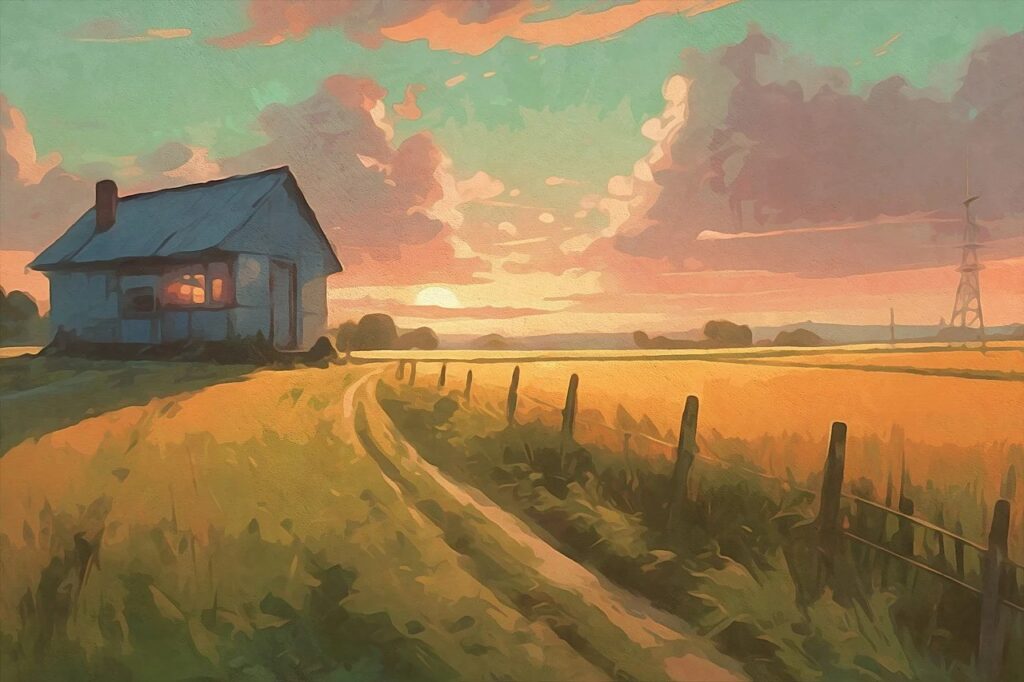“Why do we tell stories? To try to make sense of a world that can be terrifying and enormous.” – Brennan Lee Mulligan
It’s a quote that comes back to my mind every so often, as someone who works in a house full of stories (aka the library) and as a writer. You could say it’s a favorite quote of mine (and I promise it has nothing to do with the fact it comes from one of the best Dungeons & Dragons live play sessions I’ve ever watched). Every time I get struck by the dreaded writer’s block and every time I start fretting over the words in my blog posts for more hours than can actually be healthy, I hear those same words in the back of my head.
Why do we tell stories? Because the world can be terrifying, and enormous, and so hard to make sense of.
Mulligan’s answer is one of many, but don’t worry, I’m not going to delve into more horror picks this month as much as I want to focus on the “terrifying” part. His words usually get me thinking about the question itself. Why do we tell stories? The habit of storytelling is as old as recorded history, if not older, and yet we still do it, from amateur weavers to lauded professionals. We have places where you can buy stories and places where you can get them for free. Even the internet has curated spaces and websites specifically meant for telling stories (here’s looking at you, fanfiction auteurs).
With November coming up, which for the past eight years has been Buckle In and Get Writing Month to me, I was going to make this post about the usual writing guides, tips, and tricks that the library and the internet have to offer. Instead, I would like to shift gears and make a miniature investigation into storytelling, with you readers as my honorary Watsons. I hope you all have your deerstalkers on.
Continue reading

